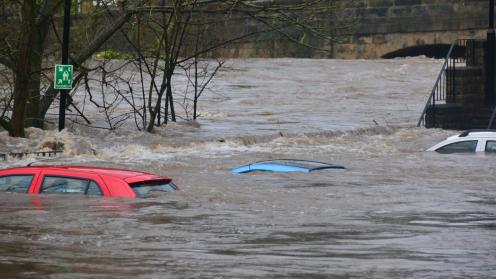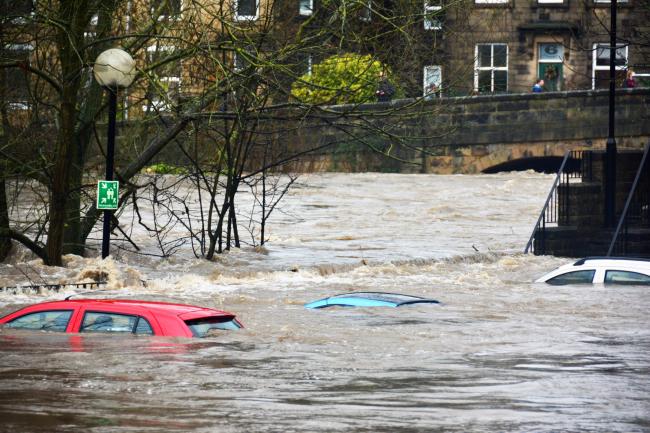About
Eight years after the adoption of the Sendai Framework for Disaster Risk Reduction, the international community assessed progress on its implementation. Taking place at “a defining point in history,” and against the backdrop of many global crises, delegates called for better governance, investments in resilience, and a focus on disaster prevention.
Final report
Summary report 17–19 May 2023
All coverage
As the pricetag for the annual average direct economic cost of disasters reached USD 330 billion over the last half decade, the High-Level meeting at the UN General Assembly on the Midpoint Review of the Sendai Framework on Disaster Risk Reduction 2015-2030 came at a critical time for reflection.
The Sendai Framework, which was adopted in 2015, provides Member States with seven targets for preventing new and reducing existing disaster risk. Its central aim is “to achieve substantial reduction of disaster risk and losses in lives, livelihoods and health and in the economic, physical, social, cultural and environmental assets of persons, businesses, communities and countries” between 2015 and 2030. The Report of the Midpoint Review, however, points to the need to course correct and accelerate these actions.
Heads of State and Government and Ministers convened at UN Headquarters to assess progress on the Sendai Framework and a way forward. The meeting provided an opportunity to discuss findings from the Report, and how to better prevent risks from becoming disasters and protect more people from these risks. The Midpoint Review concluded in a political declaration, strengthening commitment to and implementation of disaster risk reduction strategies, reinforcing the need for a risk-informed approach to achieving the Sustainable Development Goals, and supporting realization of outcomes of other multilateral environmental agreements, frameworks, and conventions.
The Midpoint Review also aimed to:
- raise global awareness and generate political will and momentum;
- showcase solutions and best practices;
- encourage the adoption and application of a risk-informed and prevention-oriented approach;
- showcase the value proposition of the full implementation of the Sendai Framework; and
- enhance national, sub-regional and international cooperation.
Four multistakeholder panels took place:
- From Managing Disasters to Managing Risk; Risk Governance fit for the 21st century
- De-risking investment and reconfiguring the global financial system - moving from risk generation to risk reduction
- Strategic foresight and risk reduction to accelerate implementation of the 2030 Agenda for Sustainable Development
- A collective responsibility – localising disaster risk reduction
The UN Office for Disaster Risk Reduction (UNDRR) also coordinated a Risk Reduction Hub on the margins of the official sessions of the High-level Meeting to include an array of side events and thematic engagements of various formats to discuss advancing risk reduction efforts across sectors, regions, and contexts. These events discussed how the calls to action contained in the political declaration can be taken forward and offer concrete solutions that can be the genesis of initiatives or coalitions emanating from the midpoint review.
The Midpoint Review convened 17-19 May 2023 at UN Headquarters in New York. The High-level Meeting occured 18-19 May and the Risk Reduction Hub’s side events 17-19 May.
The ENB team at the High-Level Meeting on the Midterm Review of the Sendai Framework was Liz Willetts, Chris Spence, and Asterios Tsioumanis, Ph.D. Mike Muzurakis was the digital editor, and Pam Chasek, Ph.D., was the editor.
View past and future events
Past event
2nd International Conference on Early Warning (EWC-II)
Past event
1st Session of the WCDR Preparatory Committee Meeting
Past event
2nd Session of the Preparatory Committee for the World Conference on Disaster Reduction (WCDR)
Past event
UN World Conference on Disaster Reduction (WCDR)
Past event
WCDRR-3
Past event
High-Level Meeting on the Midterm Review of the Sendai Framework
To receive free coverage of global environmental events delivered to your inbox, subscribe to the ENB Update newsletter.

